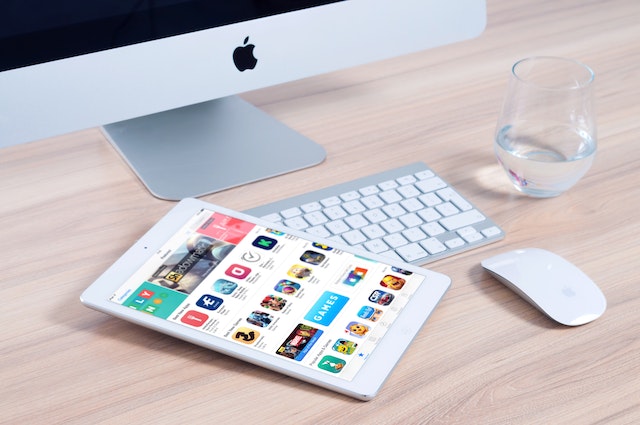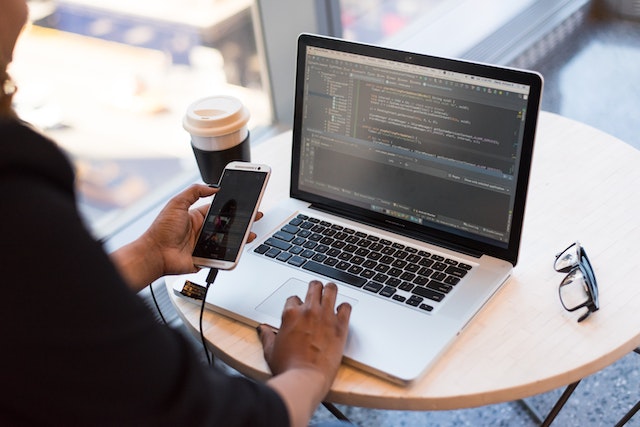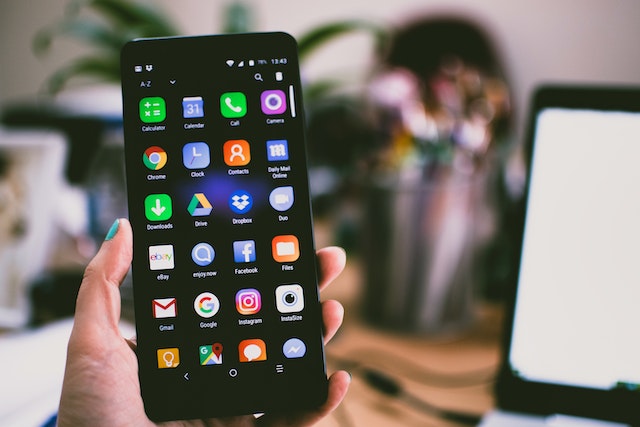It can be daunting to create your first mobile app because of the lack of experience most people have with the process.
There are a lot of details to think about even if you’ve done this before. But keep in mind that nothing worthwhile is ever simple.
If you want to become an excellent developer, you’ll need to put in the time and effort, just like you would with any other skill.
However, having a manual or reference to follow makes any task much simpler. There isn’t a definitive guide for making a mobile app, but there are lots of resources available to help you figure things out.
When a professional with years of development expertise, I’ve compiled a list of the most important things to bear in mind as you create your mobile app.
So that you may prepare yourself for success, I will detail what you need to know about each of these best practices. The top 17 considerations are shown below.
Do your homework
If you don’t do your homework before releasing your app, it won’t do well. There are a number of factors to consider.
You must first determine who you want to use your app. As a developer, you’ll have a much easier time if you have a firm grasp on who these people are and how they operate.
After you’ve figured out who will be using your app, you need to consider what those people want and how you can give it to them. What specific ways will they find that your app improves their lives? Exactly what does your program perform for the user?
What other apps exist that perform comparable tasks to yours? Because of this, you’ll need to look into the businesses that are similar to yours as well.
You could end up wasting a lot of time and money developing an app that no one wants if you don’t do your homework first.
It’s step two to pick a method of development.
Many apps are not created equal. First things first: select whether your mobile app will be native, hybrid, or web-based.
Each strategy for progress has its advantages and disadvantages.
The kind of the application you’re making may play a role in your final selection. So, if you’re making a game app that must look and feel perfect, you’re generally better suited making a native app.
Native apps have many advantages, but they are more expensive to create and can only be designed for one platform at a time.
If you want to release your software simultaneously on the Apple App Store and the Google Play Store, this isn’t the best scenario. Hybrid development can save you money and allow you to create apps for multiple platforms.
Those who want to create a widely available app rather than one exclusive to a specific app store can do it with the help of a web app.
Consider your skill set alongside this factor when making your choice. Make sure you have everything figured out before you get started. At that point, you’ll know whether or not you require assistance.
It’s possible that you’ll find the answer you’re looking for in a specialized app creator like BuildFire.
Select a Medium
If you want to build for the platform it was designed for, you can either develop for iOS or Android.
Think back on the studies you ran on your intended audience. Discover the tech your potential customers utilize. To put it simply, this will assist you make a better choice.
This is due to the fact that iOS and Android users represent distinct demographic groups.
Finding out where your ideal customers spend the majority of their time online is crucial. This is crucial if your launch will only take place on a single platform.
You might be taking on more than you can handle if you decide to build both native apps on your own at the same time.
It’s inevitable that you’ll want to publish your software on both marketplaces. However, you might have to choose one of the two options at the moment.
Protect your information as a top priority.
In the early stages of development, this may not seem like a problem, but you should consider the end result.
There will be a lot of private information and data stored there. Information about your firm and its consumers will be stored in your app.
Your app’s purpose may also include collecting financial data like credit card numbers. Addresses, phone numbers, and any other data provided by your user base will be available to you.
Keep that information safe; it’s yours. That’s why setting a high bar for security right at the bat is essential.
Users will be hesitant to share personal information if they believe it is not safe to do so within your app. A security breach may do irreparable harm to your company’s reputation.
As a developer, you have a responsibility to ensure the safety of your users’ personal information by employing security measures like encryption and two-factor authentication (2FA).
If a user’s device is stolen, they should be able to delete all of their information from it. Make sure you have regular backups set up.
Run tests, and then run them again
Throughout the entire development process, testing must be performed.
Do not wait until the end before verifying the quality of the work. After that point, it will be too late. You can more easily check your development at regular intervals.
If you don’t perform regular testing, finding and fixing issues will be far more difficult and time-consuming. Using beta users is a great approach to test your app before releasing it to the public.
You can find testers using internet resources and venues like Beta Family.
You can now solicit reviews from users in a more personal way. Bugs, crashes, and other forms of user feedback can be identified.
To put it simply, this will improve the app’s efficiency.
Six, think about the layout.
There’s a world of difference between developers and designers.
The general perception is that designers are more creative, whereas developers tend to be more technical. However, you must avoid tunnel vision during the app development process.
You can’t write the code for the app unless you know how the design elements will function. Each member of your team needs to be on the same page if you expect designers and developers to work together efficiently.
Make use of tools like mood boards to compile your ideas and visuals in one place.
This will simplify the development process and lessen the likelihood that you’ll need to make major adjustments at the last minute to satisfy the designers.
Even in these first stages, those of you who are skilled in development and design should sort out your design aspects.
Seventh, provide a solid foundation.
Create a solid foundation from the get-go.
In order to ensure the success of your app, it is imperative that you compile a list of all of its most crucial features. Your fundamental programming will be done in this.
You can add on to the basic functionality with additional features. These can be added as plugins in the latter phases of development.
Adding plugins as an afterthought to your app’s main code can significantly reduce its overall weight. This simplifies maintenance and boosts the app’s performance.
Eighth, Prioritize the Customer’s Needs
Don’t put blinders on your growth. Remember the end result while you work.
One day, hundreds of thousands, if not millions, of people will be using your app (hopefully).



